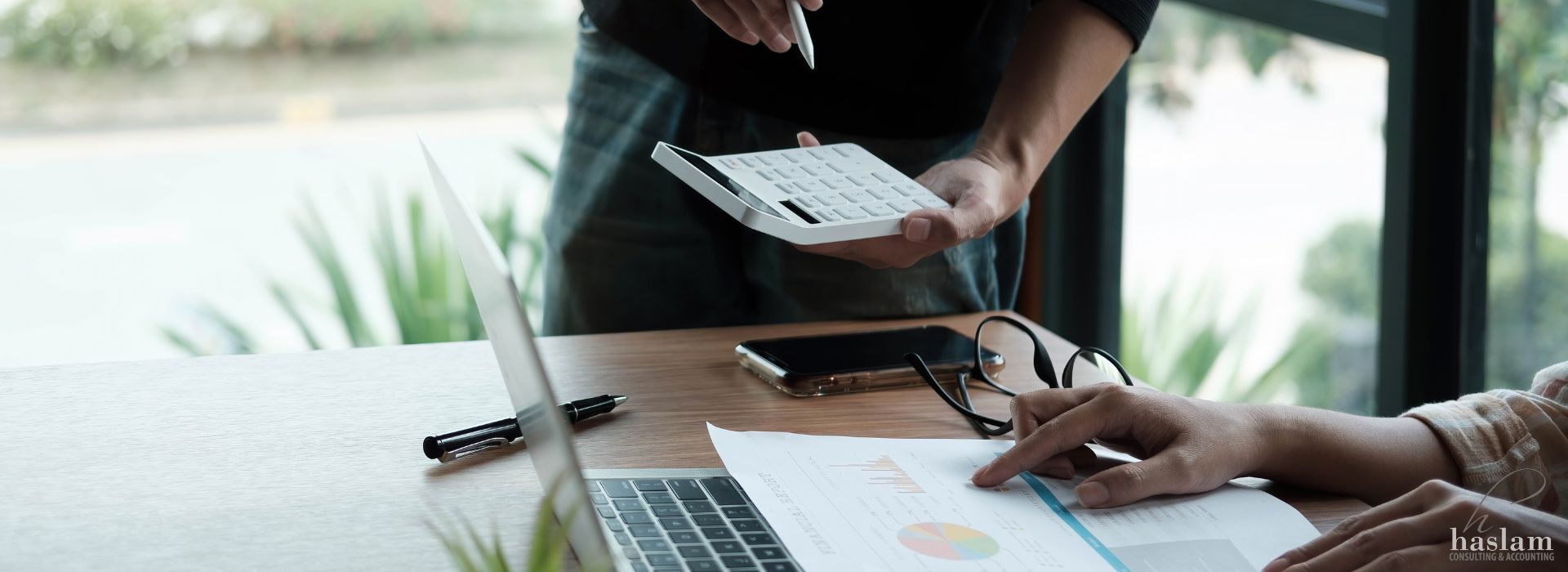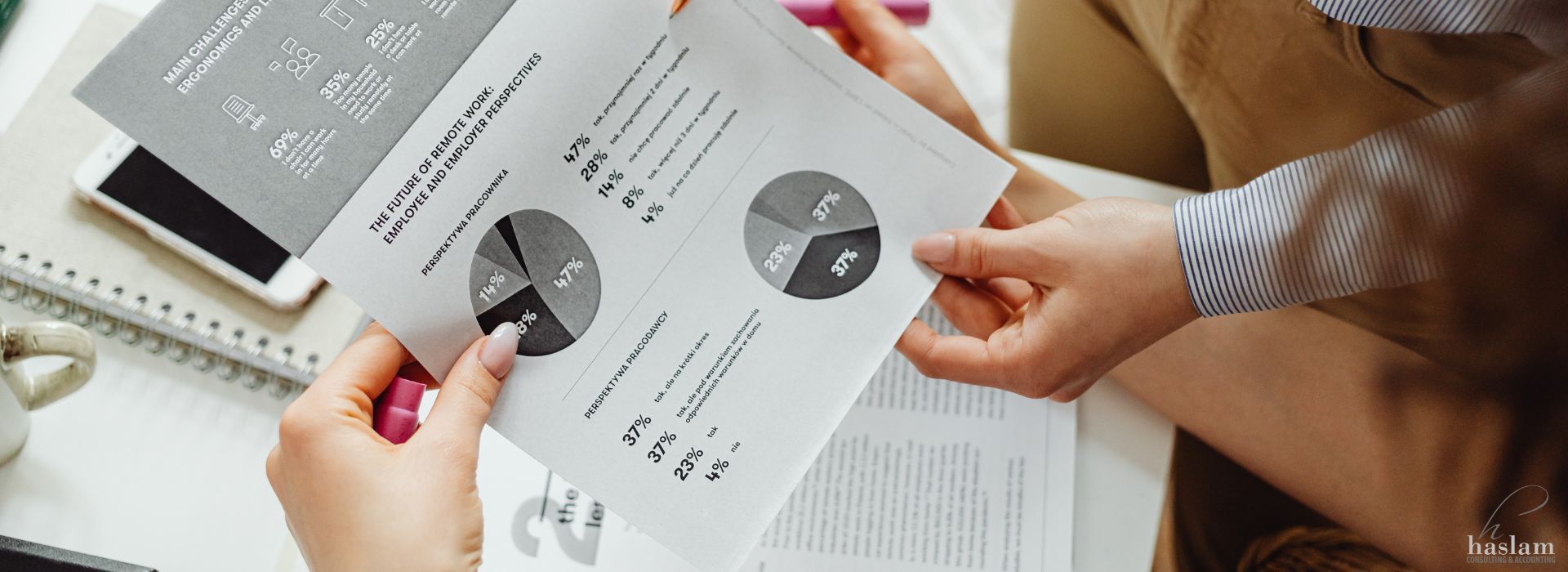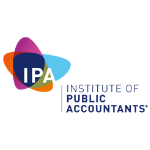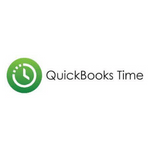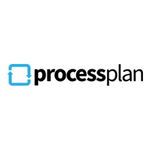Exactly How To Apply For Centrelink
March 26, 2020
Using Centrelink for the first time? Here's how to apply for the Jobseeker Payment (formerly Newstart)
If you've lost your job, been stood down or suddenly find your business without customers due to the coronavirus pandemic, you might be tackling Centrelink for the first time, or the first time in a long time.
Centrelink is not known for being easy to navigate at the best of times. In this climate — facing increased demand, just days after a long-planned change saw the Newstart Allowance become the Jobseeker Payment, and as staff rush to implement new coronavirus stimulus packages — it's going to be harder than ever.
So the first thing to know is the process probably won't be easy and it will likely get frustrating. And there may be some kinks and hiccups (or major malfunctions) in the system along the way. But here's some guidance that may help reduce the stress a little bit.
How to apply for Jobseeker Payment (formerly Newstart Allowance)
Don't ring the hotline, don't go into a service centre, try to do as much as you can online. Click on the links in this step-by-step guide for more information.
Step one:
Go online and log in to your existing MyGov account or create a new one.
Once you have a myGov account, you can register your intent to claim, even if you're not ready to do the rest of the steps yet.
Step two:
Create a Centrelink account. If you've ever received Centrelink payments in the past, including as a young person or while studying, you may already have one. If so, jump to step three.
If you don't have an online Centrelink account, but you've received payments in the past, try to track down any old concession cards, letters or emails from Centrelink to find your Customer Reference Number (CRN) or Customer Access Number (CAN).
If you can't find this information, you can call Centrelink and they'll ask you some questions to get your CRN.
If you've never received money from Centrelink, you'll need to set up an account for the first time.
This normally involves proving your identity by showing three original documents to prove your identity to Centrelink
(they do not accept certified copies).
This is usually done in person at a service centre, but it is now done over the phone instead.
Centrelink staff will then give you a validation over the phone, meaning you can go online and register through MyGov without the need to provide proof of identity documents in person.
Step three:
Log in to your MyGov account and 'link' it to your Centrelink account. Once this is done, you'll be able to log into the MyGov portal and click through to your Centrelink account.
Step four:
If you're still working but there's a reduction in your hours, you'll need a letter from your employer confirming this.
In the past when someone lost their job, they needed to fill in an employment separation certificate
for every employer they'd worked for in the past 12 months — but this requirement will be waived from April 27.
You will need to upload other documents throughout the claims process, but we're not going to tell you which ones because everyone's circumstances are different.
You'll find out which ones you need as you complete your claim. But from April 27, Centrelink will also waive the requirement to provide proof of rental arrangements or verification of relationship status.
Step five:
It's time to make a claim. Log in to MyGov and go to Centrelink.
Select Payments and Claims
from the menu, then Claims, then Make a claim.
Choose the category that best describes your circumstance and click Get started.
You'll have to submit any required documents
online now, but you'll have 14 days to submit any supplementary documents.
Step six:
As part of the claim, you'll need to book a phone appointment. Some people have reported problems with the website at this point (among others).
You'll need to make a note of your appointment time and make sure your phone is with you. They'll call from a private number. Answer it!
Step seven:
Wait. Centrelink will let you know if your claim has been approved.
If it is, they'll tell you when you need to report. This may come through your MyGov inbox or the Express Plus Centrelink app (if you've downloaded it) or by post.
Reporting just means letting Centrelink know how much money you earned over the past 14 days and confirming you've stuck to the mutual obligations laid out in your job plan (more on this in the next section).
You'll have to report every two weeks. If you don't report, you won't get paid. If you're late reporting, your payment will be late. You can report online or over the phone.
Do I have to apply for work to get Centrelink payments during coronavirus?
In order to keep getting the JobSeeker Payment and Youth Allowance for jobseekers, there are things you must do, like apply for jobs or undergo training. These are called mutual obligation requirements. But for the six months starting April 27, 2020, the Government has introduced some new rules because of coronavirus.
It means sole traders and self-employed people who now earn less than $1,075 a fortnight will meet their mutual obligation requirements just by continuing to operate their business. They won't have to apply for other jobs. Neither will people who are caring for someone who is infected or in isolation due to coronavirus.
For those who have lost their jobs, or had their shifts cut, they will still need to look for work, but the requirements have been reduced to four job searches a month (one per week) to reflect the softening labour market. In some circumstances, you might get permission to do training or volunteer work to meet your mutual obligation requirements.
The new rules also allow you to seek an exemption from your mutual obligation requirements without a doctor's certificate if you have caring responsibilities or need to self-isolate due to coronavirus. You may also be exempt if your child's school or childcare centre has closed, or you're caring for an adult with a disability or special needs whose day service or supported workplace premise has closed.
During your exemption period, you won't need to attend appointments, look for work or do any of the activities in your job plan. But you will need to call Centrelink to get an exemption (which might be a big job on its own).
These instructions adapted from those compiled by ABC News



